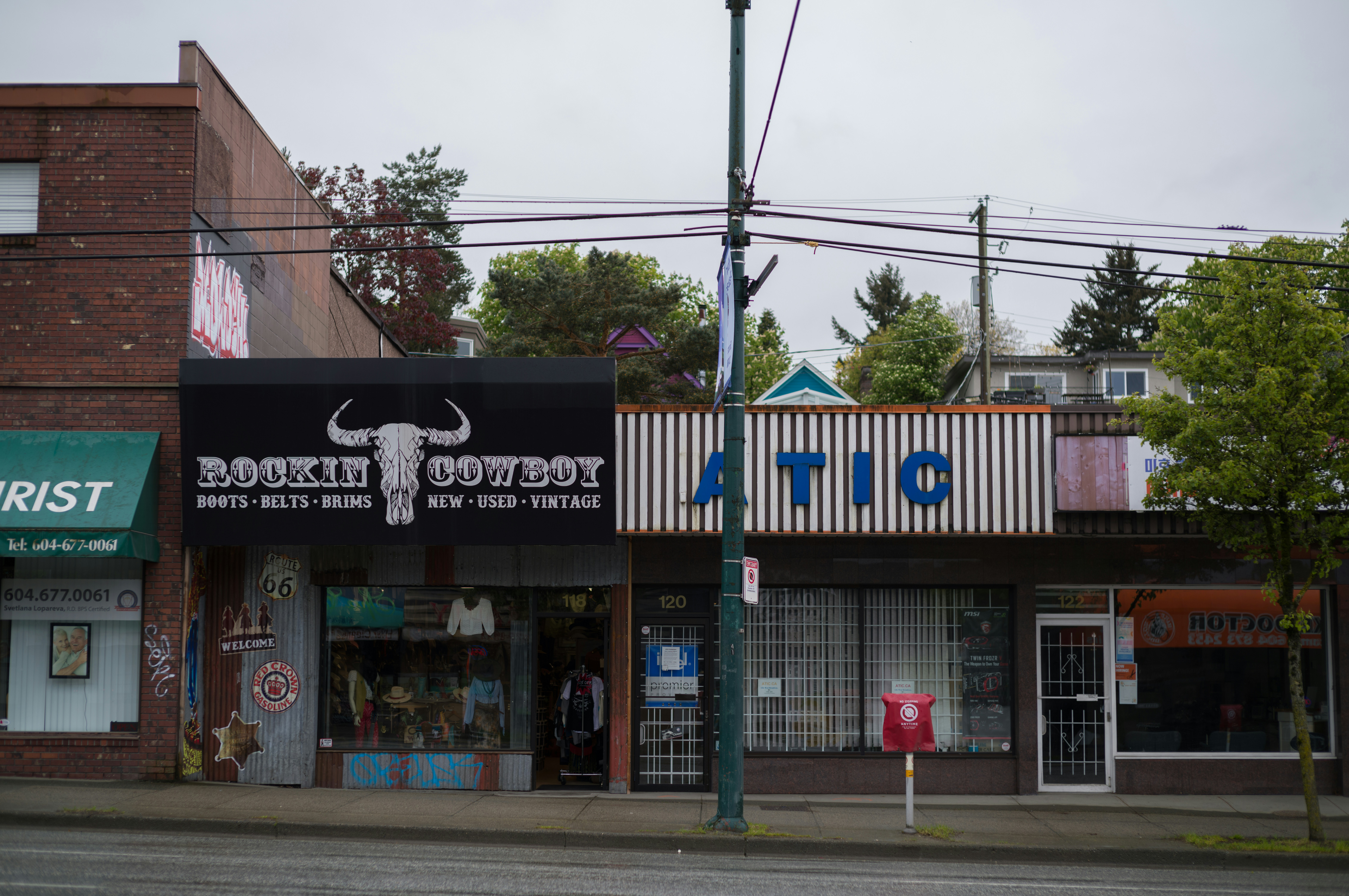For SaaS providers and growing multi-location brands, the need to choose the right Business Listings API provider is a foundational decision that can impact your speed to market, local SEO results, and customer experience.
The API landscape is maturing, but not all providers offer the same level of data access, flexibility, or publisher reach. If you compare options or rethink your current solution, this guide breaks down the must-have features and evaluation criteria to help you choose the right partner.
What Is a Business Listings API?
A Business Listings API lets software platforms submit, update, and manage local business information (like name, address, phone number, website, hours, etc.) across multiple directories, maps, and search engines, programmatically and at scale.
Instead of updating listings manually or through spreadsheets, your platform or system can do it in real-time via API calls, ensuring consistency, accuracy, and speed across hundreds of publishers.
Why Choosing the Right API Provider Matters
Whether you’re an online presence platform, a digital agency serving SMB clients, or a multi-location brand managing your own visibility, your choice of API provider can affect:
- Your local search rankings (accuracy across platforms is a ranking signal)
- Your operations team’s workload (manual updates = time waste)
- Your brand trust (inconsistent listings hurt credibility and conversion)
- Your ability to scale (can you support 10K+ locations efficiently?)
Core Features to Look For in 2025
Here’s what product managers, engineering leads, and marketing ops teams should evaluate:
1. Publisher Network Coverage
Make sure the provider offers access to the directories and platforms that matter most to your audience and niche. At a minimum, your API should include:
- Google Business Profile
- Apple Maps
- Bing
- Yelp
- Facebook/Instagram
- Amazon Alexa
- MapQuest
- Niche publishers (e.g., healthcare, travel, legal, or local-specific)
💡 Pro tip: Ask whether the provider integrates directly with publishers or relies on third-party syndication. Direct integrations are more reliable and often update faster.
2. Real-Time Updates and Response Handling
Timeliness matters. Delays in updates can cause SEO ranking drops or customer confusion.
Look for providers that:
- Offer real-time or near real-time update submission
- Provide feedback on the status of each submission (e.g., success, error, pending review)
- Support batch updates to save on API calls and latency
3. Support for Custom Attributes and Enhanced Fields
Modern APIs should let you manage more than just basic NAP (name, address, phone) data.
You should expect support for:
- Business hours (including holidays)
- Product or service categories
- Images and logos
- UTM-tagged URLs
- Menu links, appointment URLs
- Attributes like “LGBTQ-friendly,” “wheelchair accessible,” etc.
4. Flexible Pricing That Matches Your Scale
Whether you’re managing listings for 100 or 100,000 locations, pricing should scale in a way that aligns with your business.
Look for providers that offer:
- Tiered or usage-based pricing (not flat monthly fees)
- Publisher-specific pricing (you shouldn’t overpay for niche directories)
- Discounts or plans for agencies, resellers, or platform partners
5. Sandbox Access and Developer Experience
Don’t underestimate the importance of developer onboarding. A well-documented, easy-to-test API (like ours) saves you frustration during integration.
Evaluate:
- Sandbox or staging environment availability
- API documentation quality and examples
- Webhooks for status updates
- SDKs or client libraries for common languages (Node.js, Python, PHP, etc.)
- Slack/email/portal-based support for developer teams
6. Compliance and Data Security
Listings involve sensitive business data. Make sure your provider complies with:
- GDPR and CCPA
- Publisher-specific terms of service
- OAuth or API key security for authenticated access
Bonus points if the provider lets you restrict API access by role, scope, or IP.
7. Review and Reputation Integration
Some Listings API providers also offer review monitoring and sentiment tracking. If you’re looking to centralize local presence management, this may be a huge plus.
Common integrations:
- Google & Yelp reviews
- Star rating averages per location
- Sentiment analysis or tagging
- Reply-to-review functionality
8. Reliable Support and SLAs
Once you’re in production, support matters. Can you trust your provider to help if listings go missing or publishers update their API?
Look for:
- Response time guarantees or uptime SLAs
- Dedicated account managers or success teams
- Regular updates when publishers change their endpoints or policies
What the Leading API Providers Offer
Top-tier providers build in:
- AI-driven error detection and submission retry logic
- Programmatic verification workflows (especially for Google and Bing)
- Publisher-specific performance analytics
- Custom tagging or location grouping support
Platforms that offer true API-first architecture will always outperform UI-heavy platforms that treat API as an afterthought.
Flexibility and Transparency Win
As your platform or business scales, so do the complexities of managing local data. Choosing a Listings API provider shouldn’t just be about coverage, it’s about automation, control, and visibility into every update.
If you’re still manually submitting data, you’re falling behind. If your current provider isn’t giving you clarity on submission statuses or costs, it may be time to switch.
💬 Ready to Evaluate?
Now that you know what to look for, use this checklist to compare providers, and ask for real examples of how they handle updates, errors, and edge cases.
Need a walkthrough or pricing breakdown? We’re here to help.


